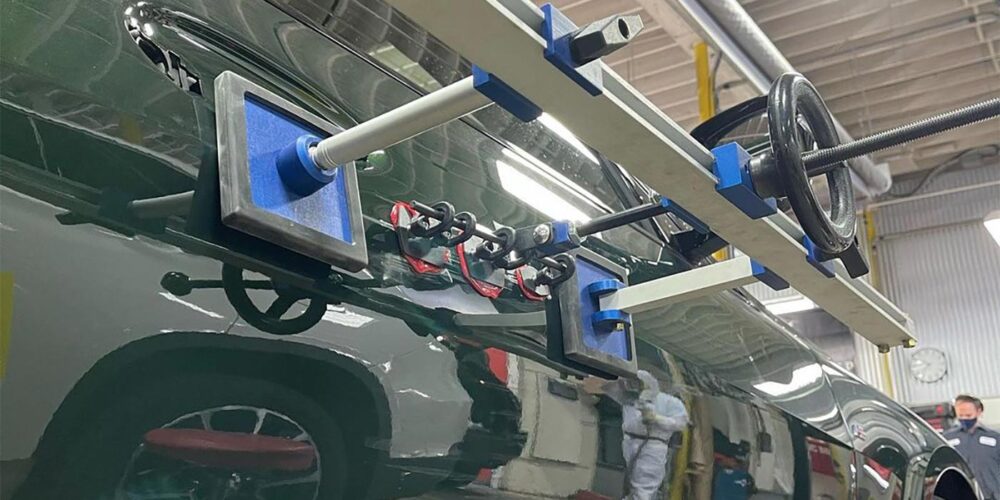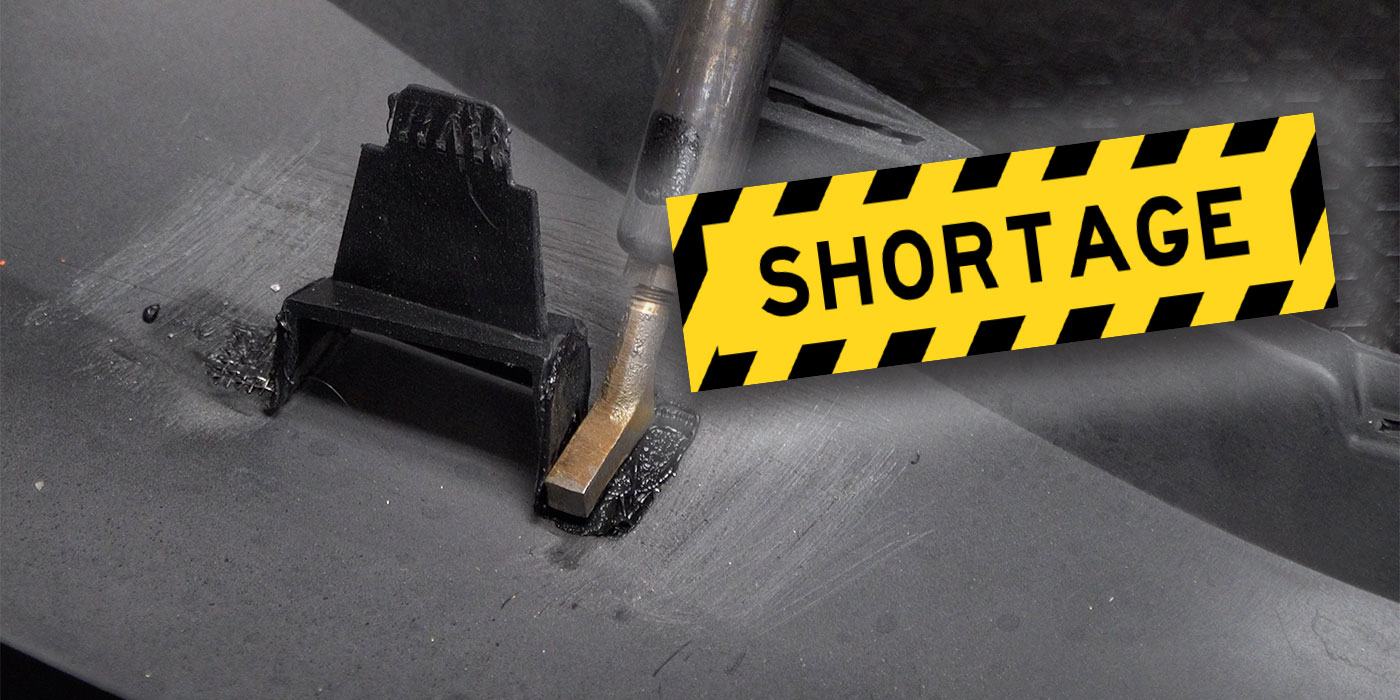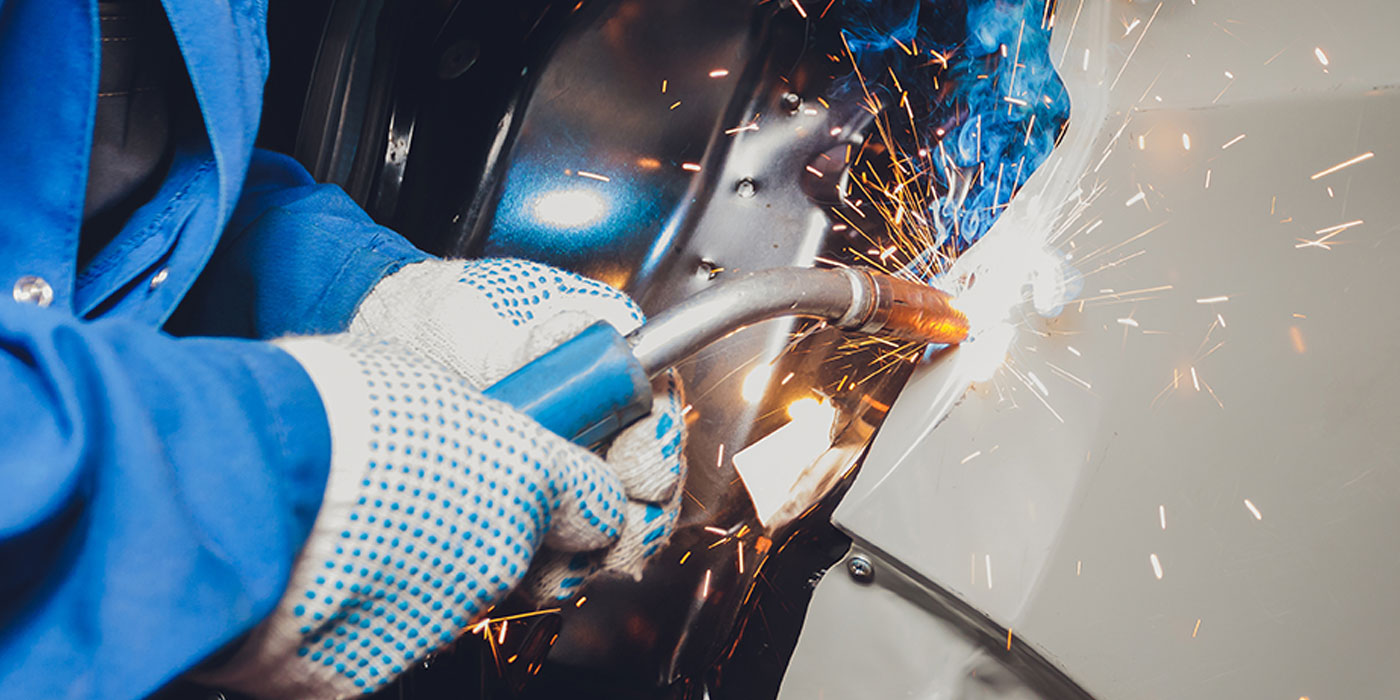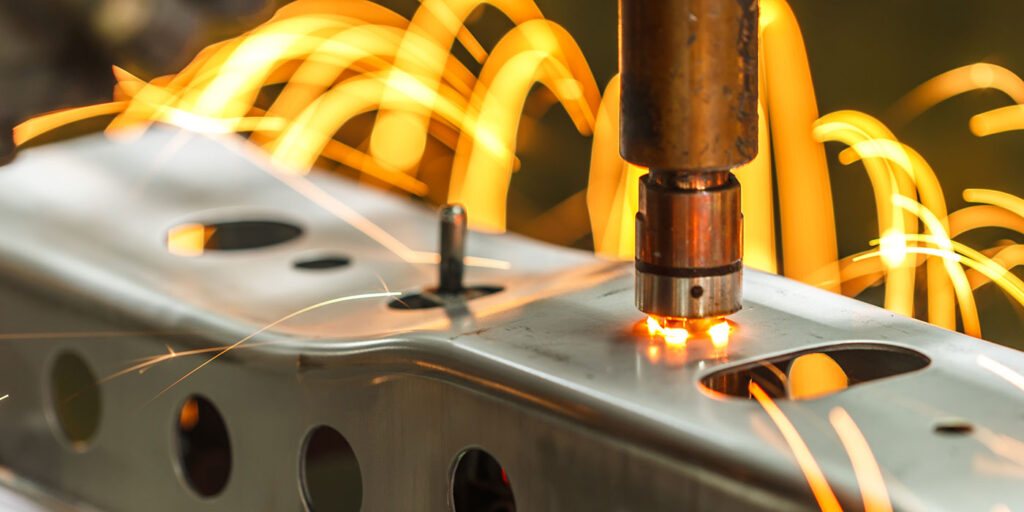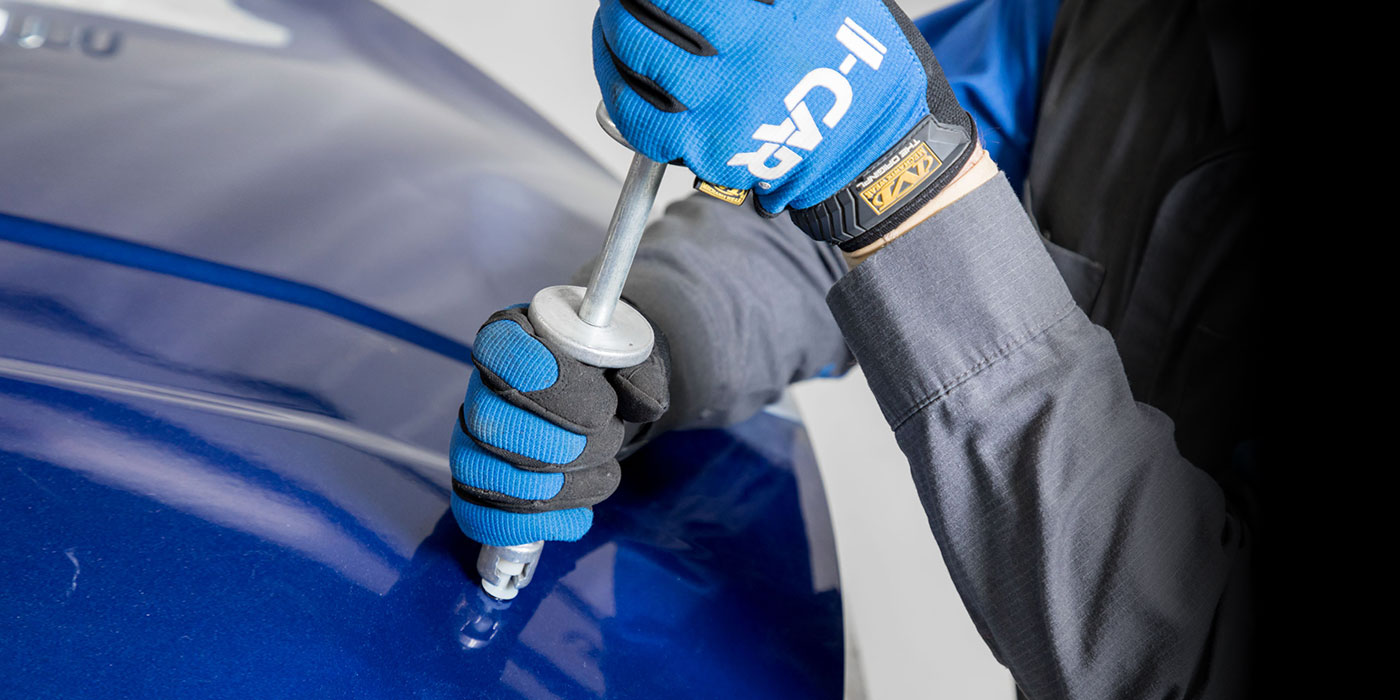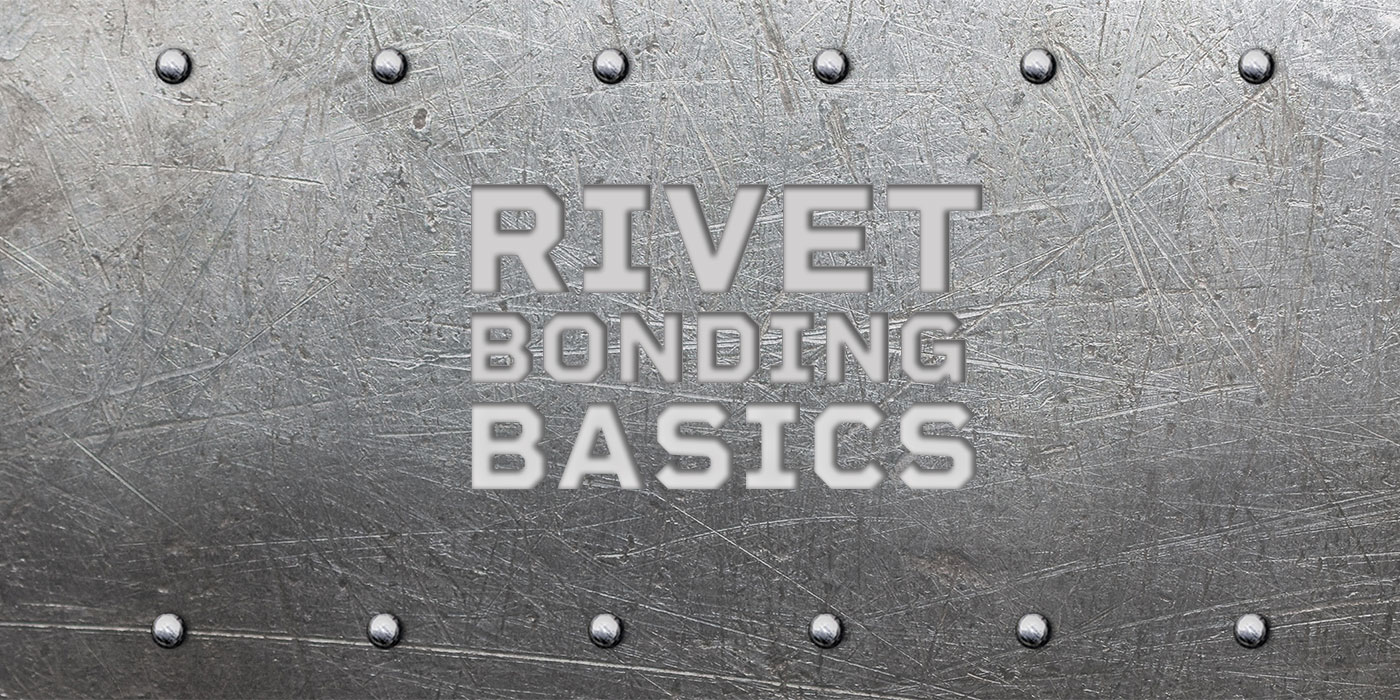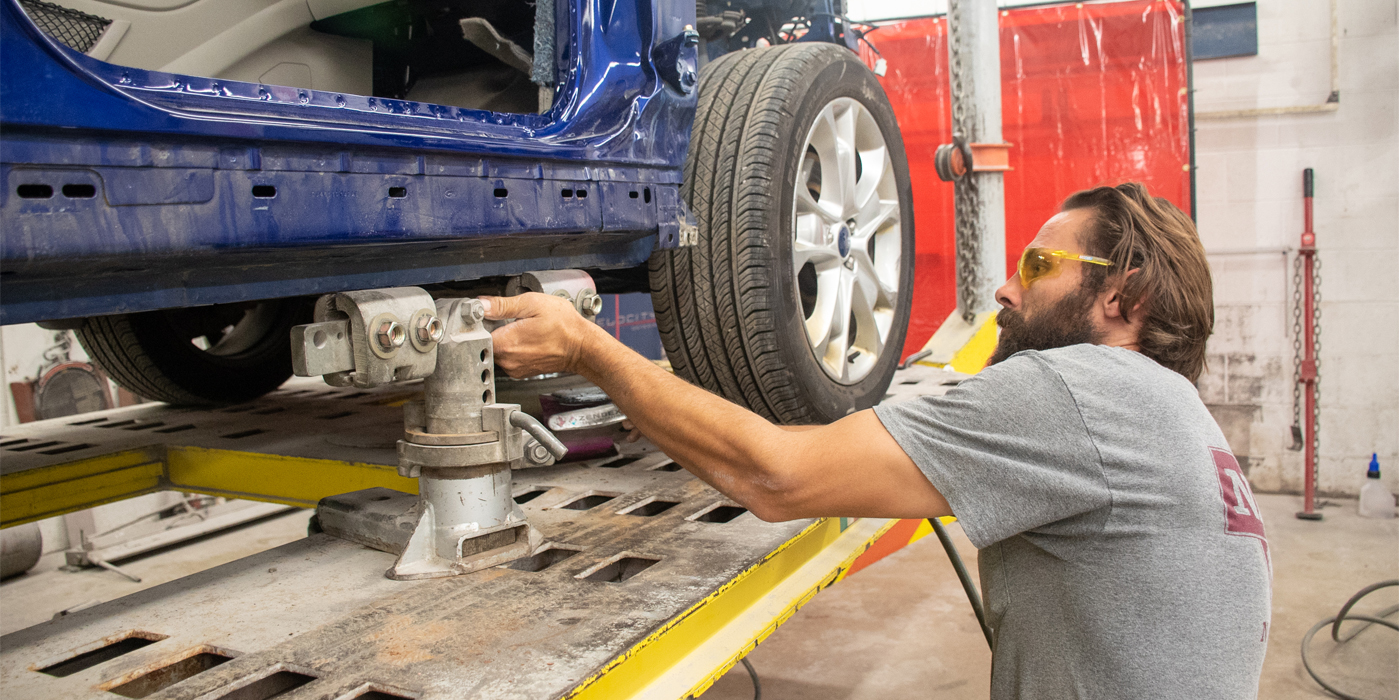BodyShop Business: Why is everybody talking about glue pulling right now?
Eric Spitznagel: Because it’s the latest thing. Glue pulling has been around for a long time, including in Europe. There’s a company in Europe that’s been selling a kit for 15 years that’s very similar to what we sell nowadays ourselves, where you glue large pads onto the car body and you’re able to pull laterally. My dad actually came up with [a glue pull repair system] that we sat on for 10 years until competitors started coming out with their own systems, so we put it on a fast track to get it completed.
BSB: What advantages does glue pulling offer?
ES: Glue pull repair is another tool in collision repairers’ toolbox, and it’s all about having a variety of tools to fix panels as quickly and cleanly as possible. Pulling with a glue puller allows you to pull on paint, and when you’re pulling on paint, you’re able to see the damage more readily and easily.
With glue pulling, in a lot of instances, you’re able to pull out a majority of the damage. It also has the advantage of not damaging the underside of the panel with any kind of heat, so you’re not damaging any rust protection. There might also be flammable materials underneath the panel of a car, so there’s less worry about that as well.
Pin welders are kind of passé nowadays because they generate way too much heat. Also, with the weld- and pull-type systems, you’re pulling on a pinpoint and, while the rest of the metal is coming up, you’ve got a little high spot where the point is — whereas with the glue pad pulling you don’t. Because you’re pulling on such a large area, you’re pulling across multiple tabs, eyelets, etc., and so you get a good amount of strength. The other thing is, not only are you pulling straight up from the dent — which is typical when you’re standing on the side of the car and pulling towards you — but you can use a bridge puller where you’re getting constant pull or a leverage puller where you can attach one of our bear claws on it and use a come-along jack or power post to pull it out.
Also, glue pulling works equally well on aluminum as it does on steel without having to switch out to a different type of system because you need a specific aluminum repair stud welder versus a steel pulling system. It’s an extremely flexible way of pulling damage on aluminum and on steel and just adds to the technician’s ability to work his or her way through the dent and actually determine the best way of repairing it.
BSB: Any other advantages?
ES: There are longer pads you can glue on and attach a chain to them and pull laterally or sideways. So, let’s say in the case of a rear fender, I’m pulling the dent out from the side. Well, that does take the dent out, but it would be helpful if you were able to pull back on the panel also while pulling up on it to relieve the tension. And you can do that with these systems. You can glue a single-, double- or triple-long pad and attach a ram or power post to it and pull backwards and sideways and stretch the metal that way.
BSB: Do you have a specific example of how it works?
ES: I have a demo hood I use at trade shows for aluminum repair. On the outside of the hood where it curves, there was a big, football-sized dent. During my demos, I never tried to pull this dent out with the aluminum stud welder because it just wasn’t going to come out. However, I did use the aluminum stud welder on the clean part of the panel just to demonstrate the technique of welding and pulling. Toby Chess, who works with I-CAR and also some other glue pulling companies, stopped by and we worked out this very difficult dent using our glue pads, squeeze puller and leverage puller.
If we had been pulling on a pinpoint, it would have been too hard to pull and we wouldn’t have been able to do it. We would have either pulled a hole in it because of pulling so hard or stripped the stud. It’s a game changer in a lot of ways because you get a lot of strength out of the pull.
A hood has a lot of other things going on with it, like the underlying structure and other things you might not be able to repair, so it might be a replacement kind of deal. But again, as with any repair, it’s an analysis of time: How much does the hood cost? How much time does it take to refinish it? Versus how many hours am I going to put into taking a dent out? And that applies to anywhere on the vehicle: How long is it going to take me to pull the dent out versus replace it? In the shop environment, technicians like to keep busy and not just put on a new panel because they make more money on the labor side. Shops are more profitable on the labor side as well, as opposed to the amount of money that they make on a car part. So if your time is roughly equal or a little bit more, a shop should concentrate on repairing versus replacing because it’s still going to cost $5,000 to fix it whether you replace it or do the actual labor of pulling it out — it’s just the percentage profit on the labor is higher than just on the part. And if this type of system allows you to pull those hardened dents out and then finish it off with other systems that you have … again, it’s a game changer in a lot of ways.
BSB: Is glue pulling going to end other ways of doing dent repair?
ES: No. There are guys who are comfortable doing it and there are guys who are not comfortable doing it. I remember demonstrating a stud welder many years ago at a trade show, and an old-timer came up to me and said, “Well, I just screw holes in the car body. It’s a lot faster that way.” And I’m like, “But no, this doesn’t damage the car body.” And he said, “I’m just going to keep doing it the same way.” Progress catches up to those guys eventually. Glue pull repair has been around for a while in Europe, and they’ve been doing a lot of with it. Until it becomes more acceptable as a way of doing a repair, we’re inching into the American market with lesser priced units so that we can get the idea behind the methodology of this repair out there.

